



Medical device motherboard how to see positive and negative power supply power
In the use and maintenance of medical devices, it is crucial to accurately identify the positive and negative power supplies on the motherboard and understand their power. This is not only related to the normal operation of medical devices, but also directly affects the accuracy and safety of medical diagnosis and treatment.
First of all, start from the appearance characteristics to identify the positive and negative power supply on the motherboard of the medical device. Generally speaking, there is usually a marking near the power connector on the motherboard. A common marking method is to use “+” for positive and “-” for negative. In addition, the power cables themselves may be color-coded, e.g., a red wire tends to represent the positive terminal and a black wire the negative terminal. In more complex medical devices, there may also be more detailed textual descriptions or graphical markings to help the user accurately identify the positive and negative terminals. When making connections or inspections, it is important to look carefully at these markings to ensure that the power supply is connected correctly and to avoid damage to the device due to incorrect polarity.
For the identification of the power supply, a number of factors need to be considered. On the one hand, you can check the manual or technical parameter sheet of the medical device. These documents are usually clearly labeled with the range of power supply power required by the motherboard. For example, a rated power value may be given, as well as the allowable power fluctuation range. Knowing this information can help the user choose the right power supply to ensure that the power supplied can meet the operating requirements of the motherboard without causing damage to the device due to excessive power.
On the other hand, the power supply power requirements can be initially determined by looking at the electronic components on the motherboard. Generally speaking, motherboards with higher power are usually equipped with larger-sized capacitors, inductors and other components to cope with higher current and voltage demands. In addition, the size of the heatsink may also be related to the power; higher power motherboards tend to require better heat dissipation measures, so the heatsink may be larger. Of course, this method is only a preliminary determination and should not be used as a basis for accurately determining power.
The importance of accurately identifying positive and negative power supplies and understanding power cannot be overstated. First and foremost, proper power connections are fundamental to the proper operation of medical devices. If the polarity is wrong, it may cause damage to the electronic components on the motherboard, and may even lead to short circuits, fires and other safety incidents. At the same time, incorrect connections may also affect the performance of the device, resulting in inaccurate measurements or the device not working properly.
Knowing the power supply power, on the other hand, ensures that the right power supply device is selected. If insufficient power is provided, the medical device may not start up properly or may become unstable during operation, affecting the effectiveness of medical diagnosis and treatment. Conversely, if too much power is provided, while the device may be able to operate properly, it may result in wasted energy and could potentially cause damage to the motherboard and other electronic components.
In practice, the identification of positive and negative power sources and power for medical device motherboards should be carried out by specialized technicians. They have the relevant electronic knowledge and experience to accurately determine whether the power connection is correct and select the appropriate power supply device according to the needs of the device. At the same time, in the process of using medical devices, the equipment should also be regularly checked and maintained to ensure that the power connection is stable and reliable and the power supply meets the requirements.
In conclusion, accurately identifying the positive and negative power supply on the motherboard of medical devices and understanding their power is an important part of ensuring the normal operation and medical safety of medical devices. The positive and negative power supply and power requirements can be effectively identified by carefully observing the markings, consulting the manuals, observing the electronic components and other methods. At the same time, professional technicians and regular maintenance checks are also key to ensuring the safe and reliable operation of medical devices. Only in this way can we provide accurate and reliable technical support for medical diagnosis and treatment.

Please contact us if the source is mislabeled or violates your legal rights.
We will promptly correct and delete, thank you.
- What is the power consumption level of t...
- In what scenarios can the performance of...
- Smart Home Products with Rockchip RK3588...
- Kylin ISP chip
- Purchase of ISP chips
- How fast is the read speed of Winbond W2...
- The motherboard of the industrial comput...
- spi ethernet chip in qfn package
- Industrial Control Box Motherboard
- rtl8211fs ethernet chip driver
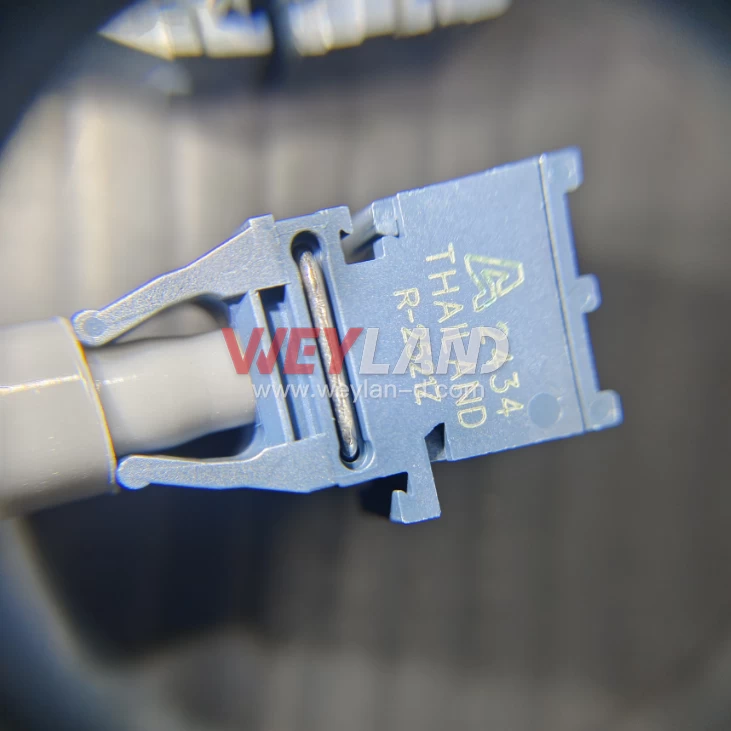
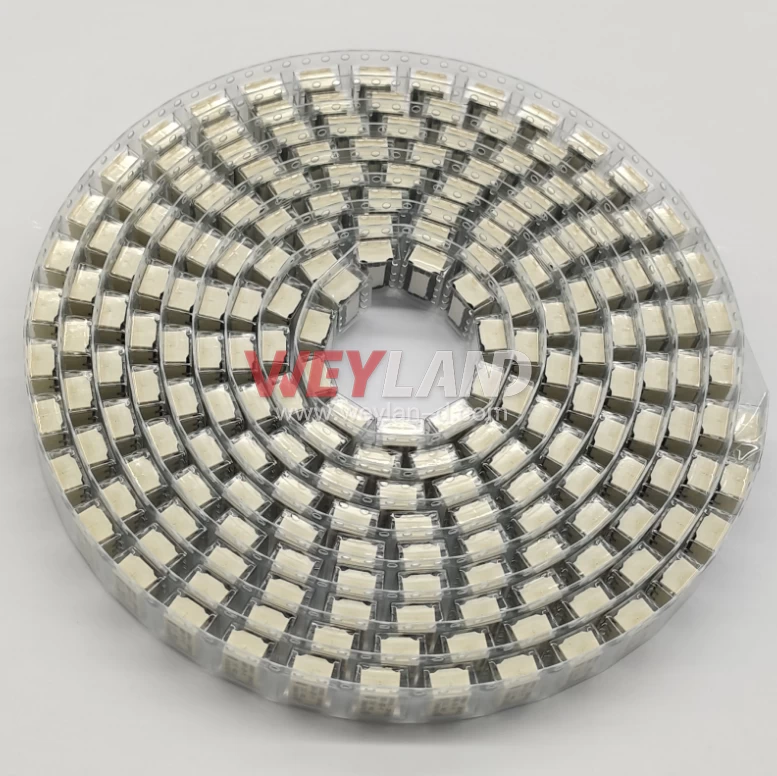
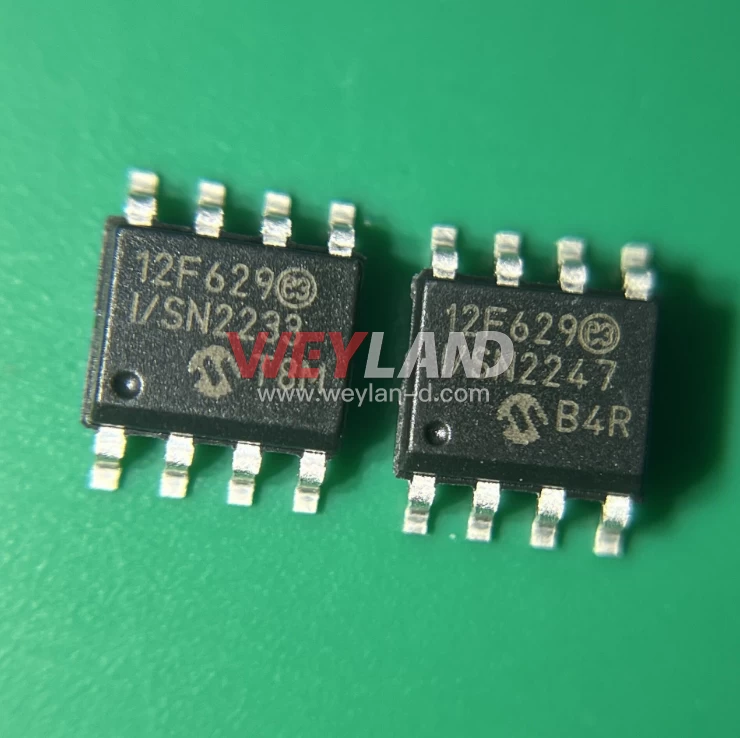
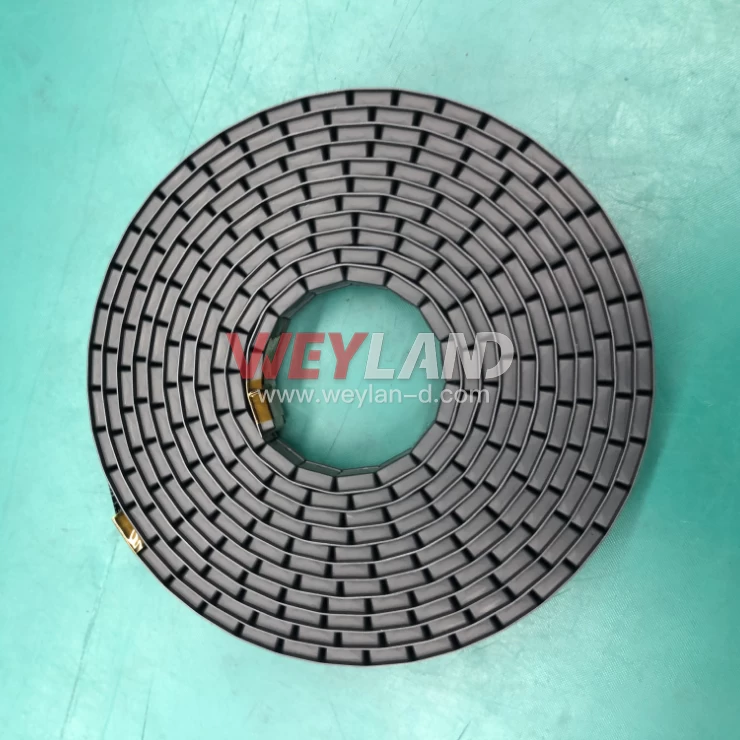
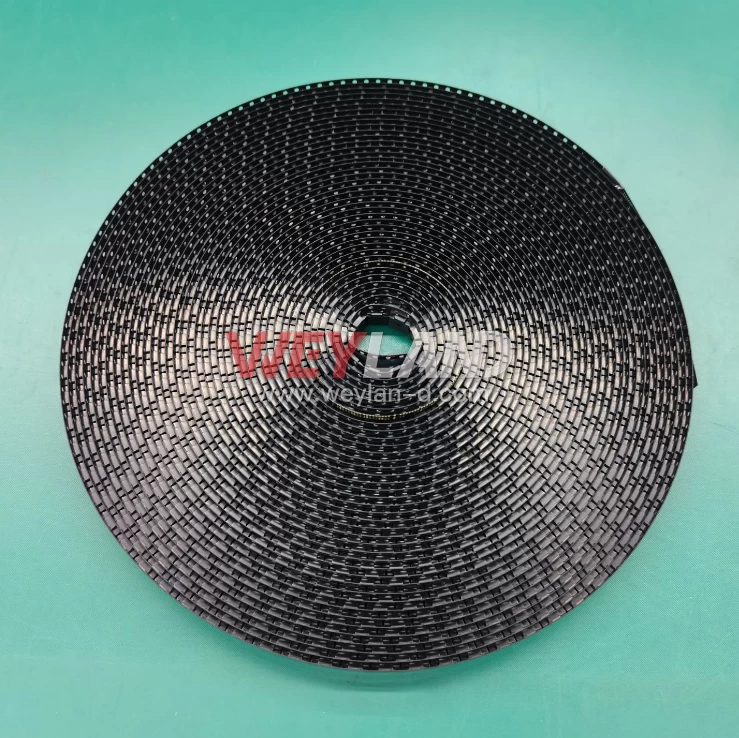
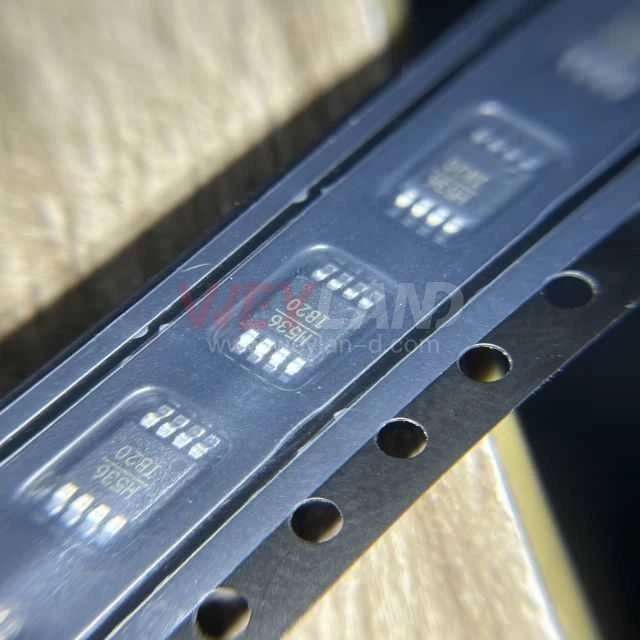
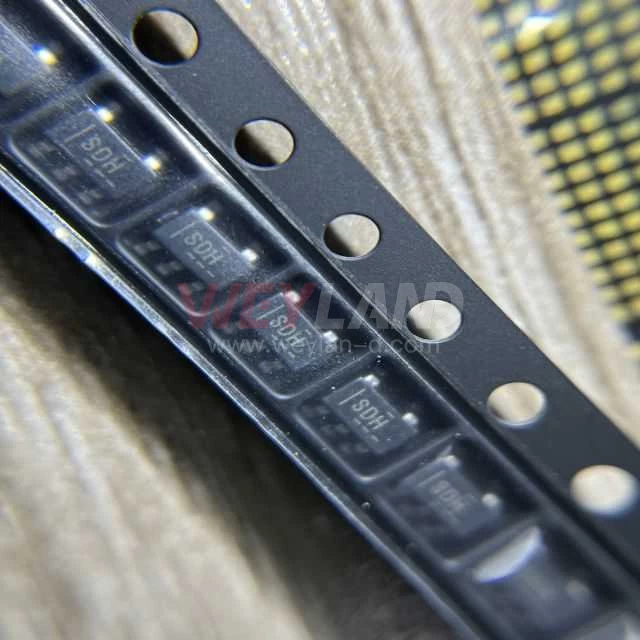
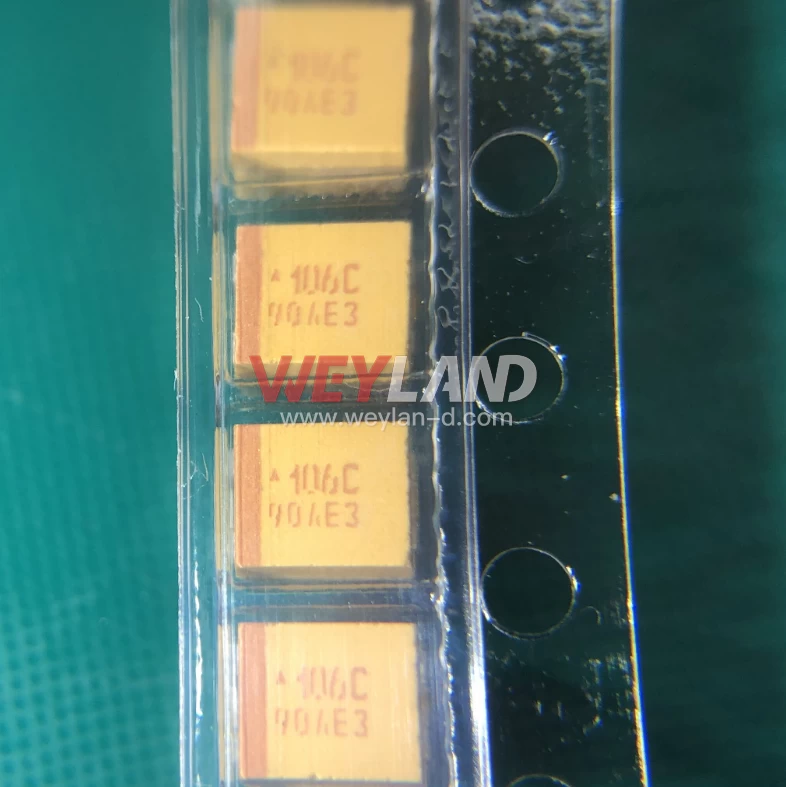
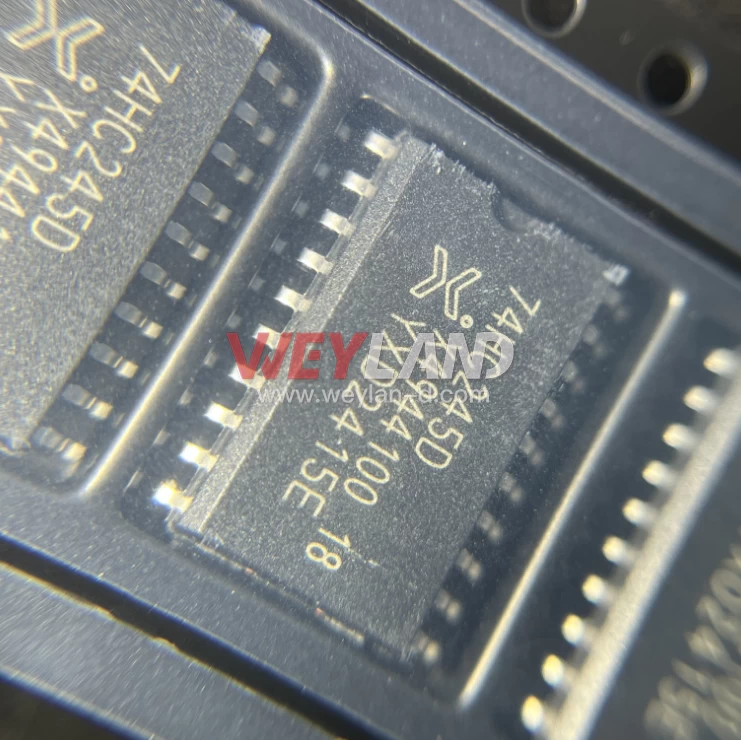
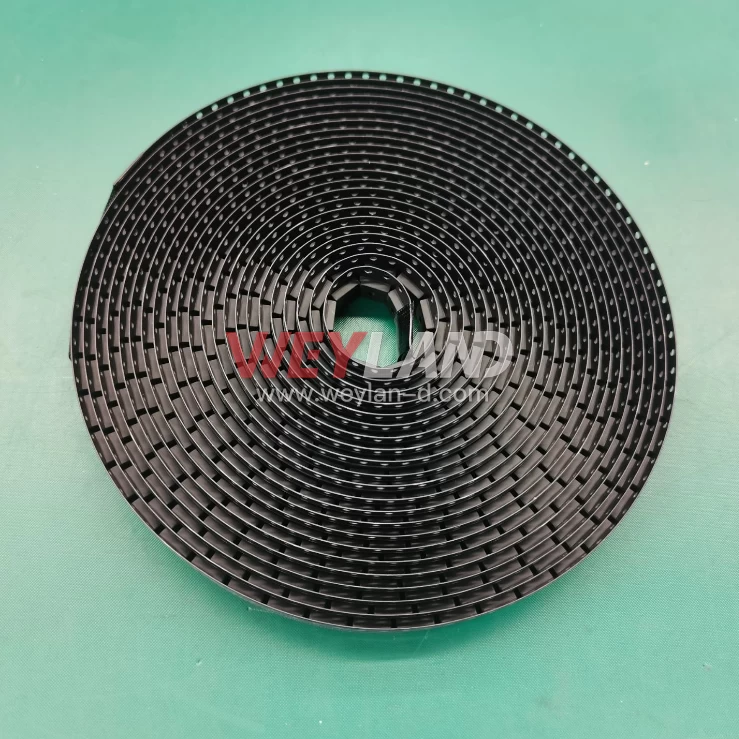
.9246509.png)












[email protected]
7500A BEACH ROAD #04-307 THE PLAZA SINGAPORE (199591)
RM 705.7/F.FA YUEN COMM BLDGNO.75-77.FA YUEN STREET.MONGKOK.KLN.HONG KONG
